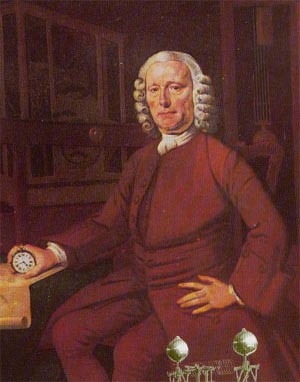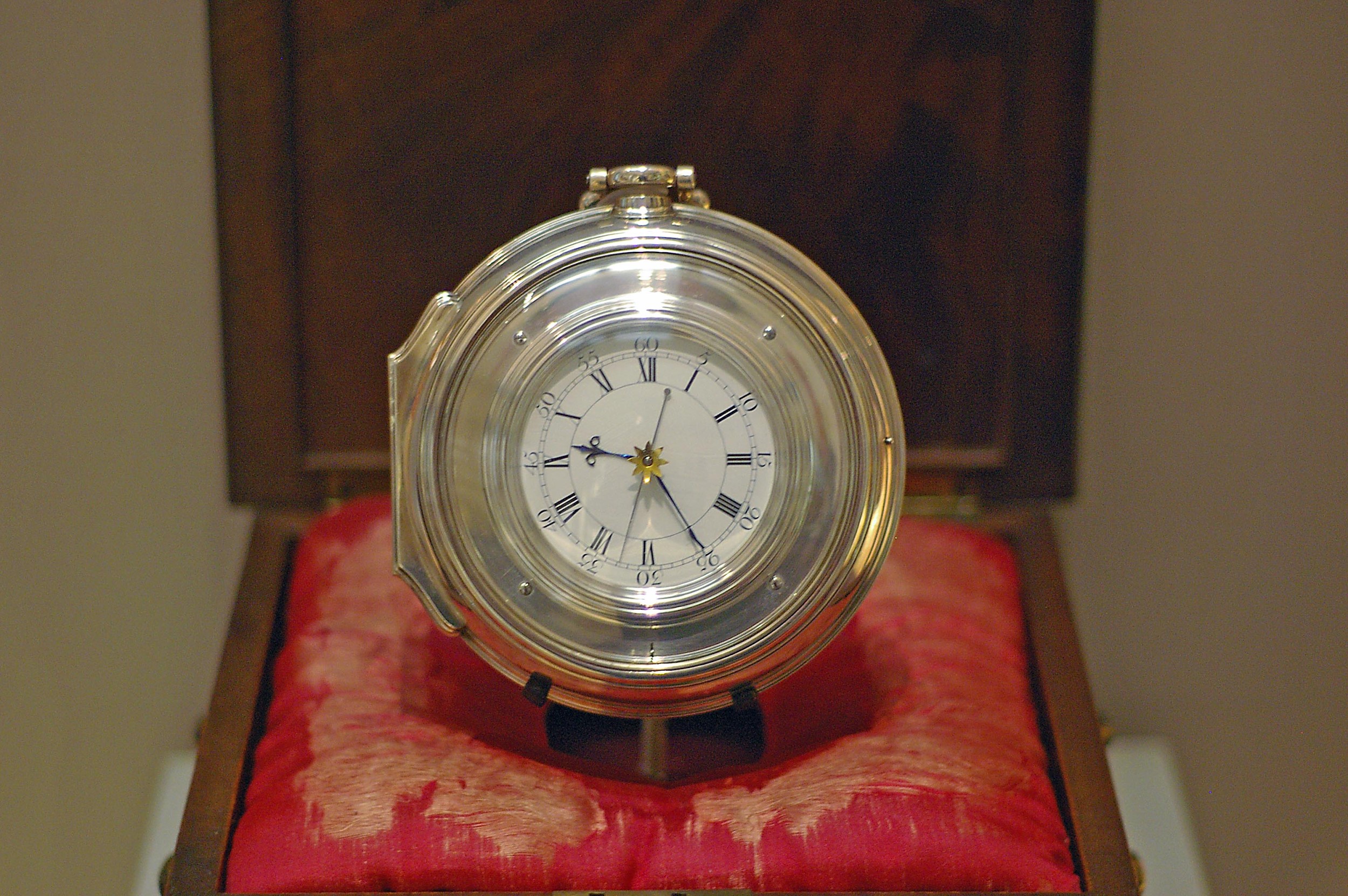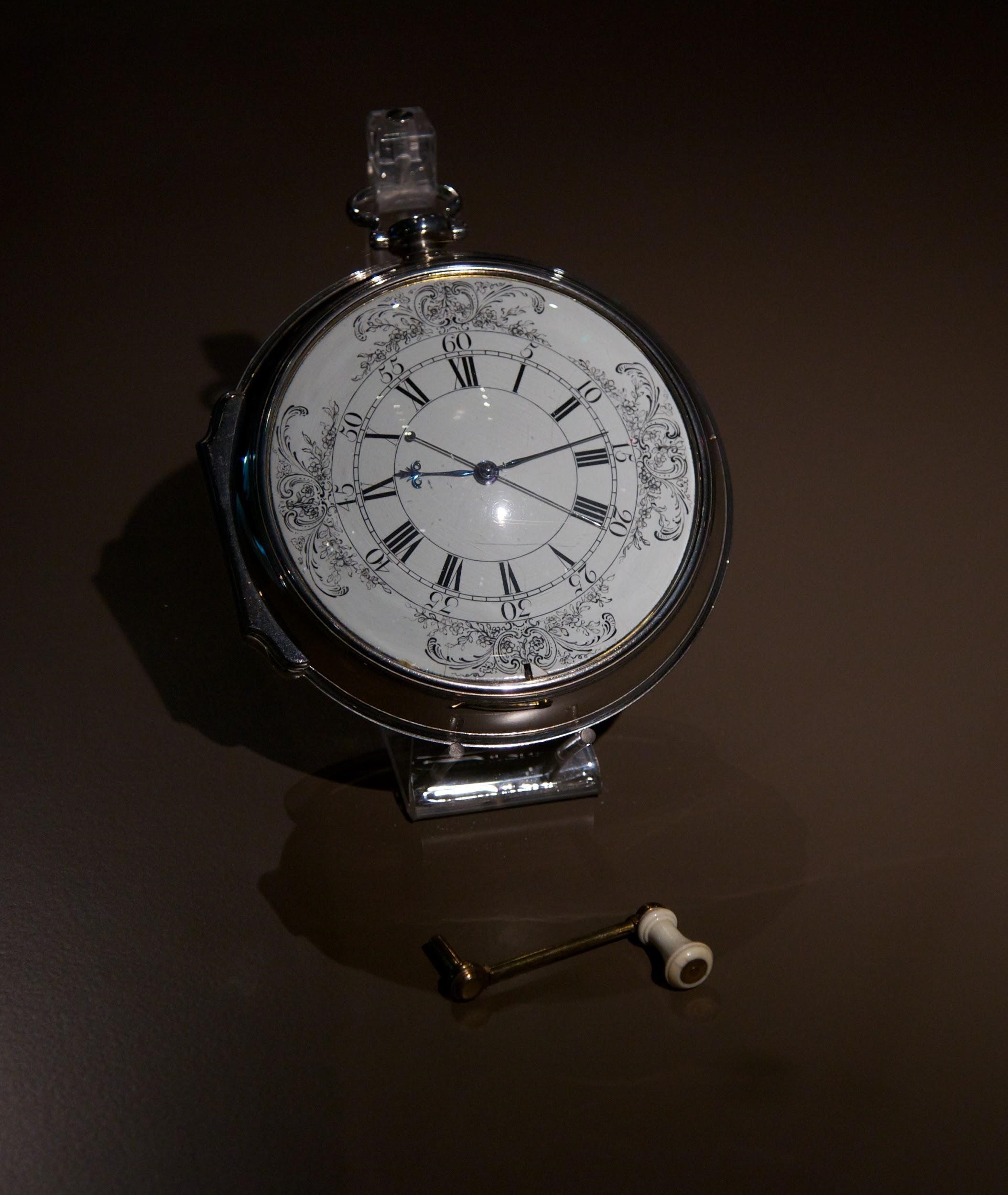InTrans / Apr 20, 2018
John Harrison: Seafaring revolutionizer
Go! Magazine
 posted on April 20, 2018
posted on April 20, 2018
You may have never heard the name John Harrison, but he belongs to the list of inventors who moved transportation forward.
But there’s something else that’s special about John Harrison, he was actually a clocksmith by trade! Which proves to all of us that transportation is about bringing together lots of elements of science and technology to take the world from Point A to Point B!
Harrison was a clockmaker from England and he revolutionized long distance sea travel. During Harrison’s day, traveling the open seas was one of the most dangerous things one could do. Harrison changed the course of seafaring forever by devising tools that would help sailors better navigate open waters.
Inventor profile: John Harrison
Harrison never planned to revolutionize seafaring—he just had the right stuff!

The British Royal Navy had lost many ships at sea prior to the 18th century, and during the Scilly Naval Disaster of 1707, four ships and 1,300 sailors were lost at sea. After that, British Parliament offered thousands of euros to anyone who could find a way to calculate longitude while at sea, which they thought was the best way to solve the problem of ships getting lost.
At the time, captains were able to calculate latitude at sea, but longitude had stumped them. Harrison, just a self-taught carpenter and amateur clockmaker, took up the challenge and came up with a solution. After seven years of hard work, in 1735, he created his—and the world’s—first marine chronometer. It’s said Harrison never “perfected the sea clock to his satisfaction,” but he certainly changed transportation for anyone who has ever traveled by boat or plane.
Harrison’s legacy
So how did it work?
Harrison’s theory was that instead of traveling based solely on the position of the stars, you could navigate longitude by telling time. Harrison thought that by keeping a standard time while at sea, and comparing that to the time of wherever you are on the globe, that the distance of those times could be used to calculate longitude.
In pursuit of this theory, in 1727, Harrison began work to develop a clock that could “stay accurate as it got tossed and turned on the open sea.” Having already established himself as a reliable clockmaker, the inventor spent the next seven years developing a clock made entirely of wood called the H1 clock.

The story of Harrison’s H1 clock is that after testing it on smaller bodies of waters like rivers, he finally had the chance to test it at sea. Despite the crew having trouble early on in the voyage, the clock worked smoothly, and as a testament to his invention, Harrison actually saved the ship, which had traveled over 60 miles off course.
Trial and error
If you’ve ever tried to invent something, or create something, and felt like quitting along the way, you might learn a thing or two from good ole John Harrison.
Though his invention was helpful the first time, when Harrison brought his invention to the British Parliament and their Board of Longitude, they asked him to make a more accurate version of the device.
The inventor then spent the next two to three years working on a new version, that’s when he realized the “yawning” motion of a ship distorted the accuracy of his clock. Determined to make a more precise invention, Harrison spent the next 19 years completing his second design of the chronometer.

Harrison’s hard work would come full circle in 1751. He fashioned a smaller model of his life’s work that looked like a small pocket watch. A ship captain offered to buy the invention on the spot after Harrison had his son take the device along on a journey to Jamaica. The Board of Longitude, eventually, reimbursed the inventor for his years of work.
Great inventors
Harrison was one of the most dedicated, spectacular inventors of his time, however, there were long periods of time where he struggled.
In fact, after 60 years of work building the most accurate chronometer, the inventor came up with plans to build the world’s most accurate land-based clock. It’s said that even his closest supporters distanced themselves from him, being clocksmiths themselves.
Harrison died shortly after his idea was published in a book that he wrote on the subject, and his idea wouldn’t come to fruition for another 250 years, when scientists developed the first prototype of the clock, built to Harrison’s exact specifications. Harrison’s “ultimate pendulum clock,” when tested, was only five-eighths of a second off, making it the most accurate mechanical-free pendulum the world has ever seen.
With that said, never let anyone—even if it is an entire community of scientists, or the British Parliament—tell you that your ideas are not worth pursuing. And if you ever want to revolutionize transportation without working with the vehicles themselves, you might want to take a few notes from John Harrison.
References
time.com/5225772/john-harrison-longitude/
Related links
(Article) Who is John Harrison? Why Google Is Celebrating the English Clockmaker: time.com/5225772/john-harrison-longitude/
By Hannah Postlethwait, Go! Staff Writer